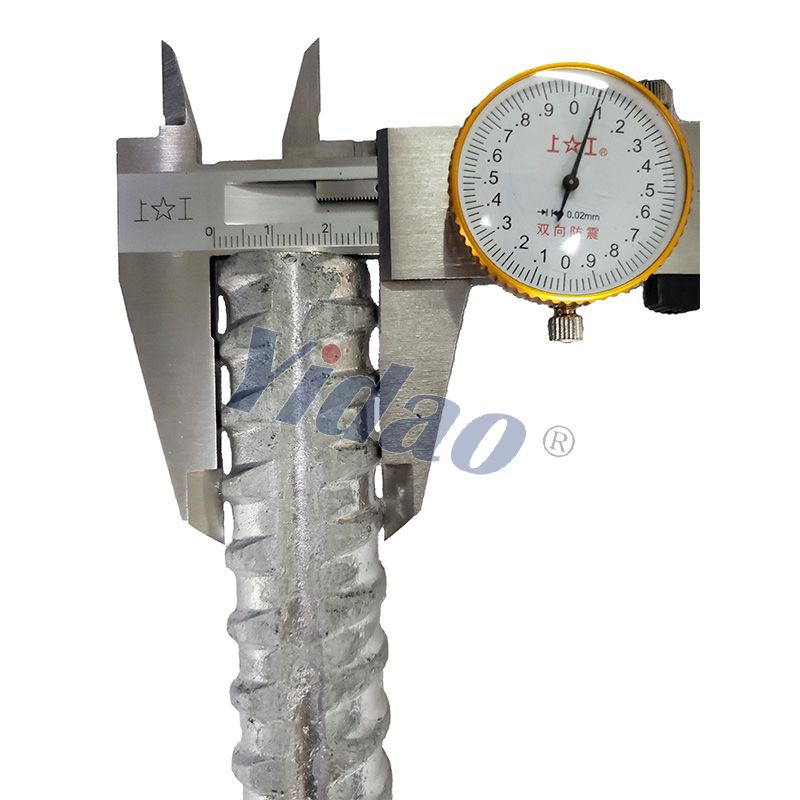Thread bars play a crucial role in various industries by providing enhanced structural integrity and load transfer capabilities. This article explores the concept of thread bars, their applications, advantages, installation process, common types, factors to consider during selection, and maintenance guidelines. Whether you're involved in construction or geotechnical engineering, understanding thread bars can significantly contribute to the success and longevity of your projects.
What is a Thread Bar?
A thread bar, also known as a threaded rod or a tie rod, is a long, straight bar with external threads along its entire length. These threads allow for the connection of various components, such as nuts, plates, and other threaded objects. Thread bars are typically made of high-strength steel and are available in different diameters and lengths to accommodate diverse project requirements.

Applications of Thread Bars
1 Construction Industry
In the construction industry, thread bars find extensive use in structural applications. They are commonly employed in reinforced concrete structures to provide additional reinforcement and enhance load transfer between different elements. Thread bars are particularly effective in applications where large forces, dynamic loads, or seismic forces are anticipated. Some examples include high-rise buildings, bridges, retaining walls, and foundation systems.
2 Geotechnical Engineering
In geotechnical engineering, thread bars are utilized for soil stabilization and ground anchoring purposes. These bars are often installed in slopes, excavations, and retaining walls to improve stability and prevent slope failure. Thread bars provide tensile strength to the soil mass, allowing it to resist external forces, including lateral pressure and uplift forces. They are also used in soil nails, micropiles, and rock anchors to enhance overall structural stability.
Advantages of Thread Bars
Increased Load Capacity
Thread bars significantly increase the load-carrying capacity of structures by distributing forces more evenly. The continuous threading along the bar's length ensures effective load transfer between connected components, minimizing stress concentrations. This enhanced load capacity allows for the design of more efficient and cost-effective structures.
Flexibility in Design
One of the key advantages of thread bars is their flexibility in design. With different diameters, lengths, and thread profiles available, engineers have the freedom to customize the thread bar system according to project specifications. This versatility allows for efficient load distribution and optimal structural performance.
Corrosion Resistance
Thread bars can be manufactured with corrosion-resistant coatings or made from stainless steel, providing long-term durability in harsh environments. These corrosion-resistant properties ensure that the thread bars maintain their structural integrity over time, even in corrosive conditions.
Thread Bar Installation Process
The installation of thread bars follows a systematic process to ensure proper performance and load transfer. The process typically involves drilling holes, inserting the thread bars, and securing them with appropriate anchoring systems. The installation method may vary depending on the specific application and project requirements.



Comments
Please Join Us to post.
0